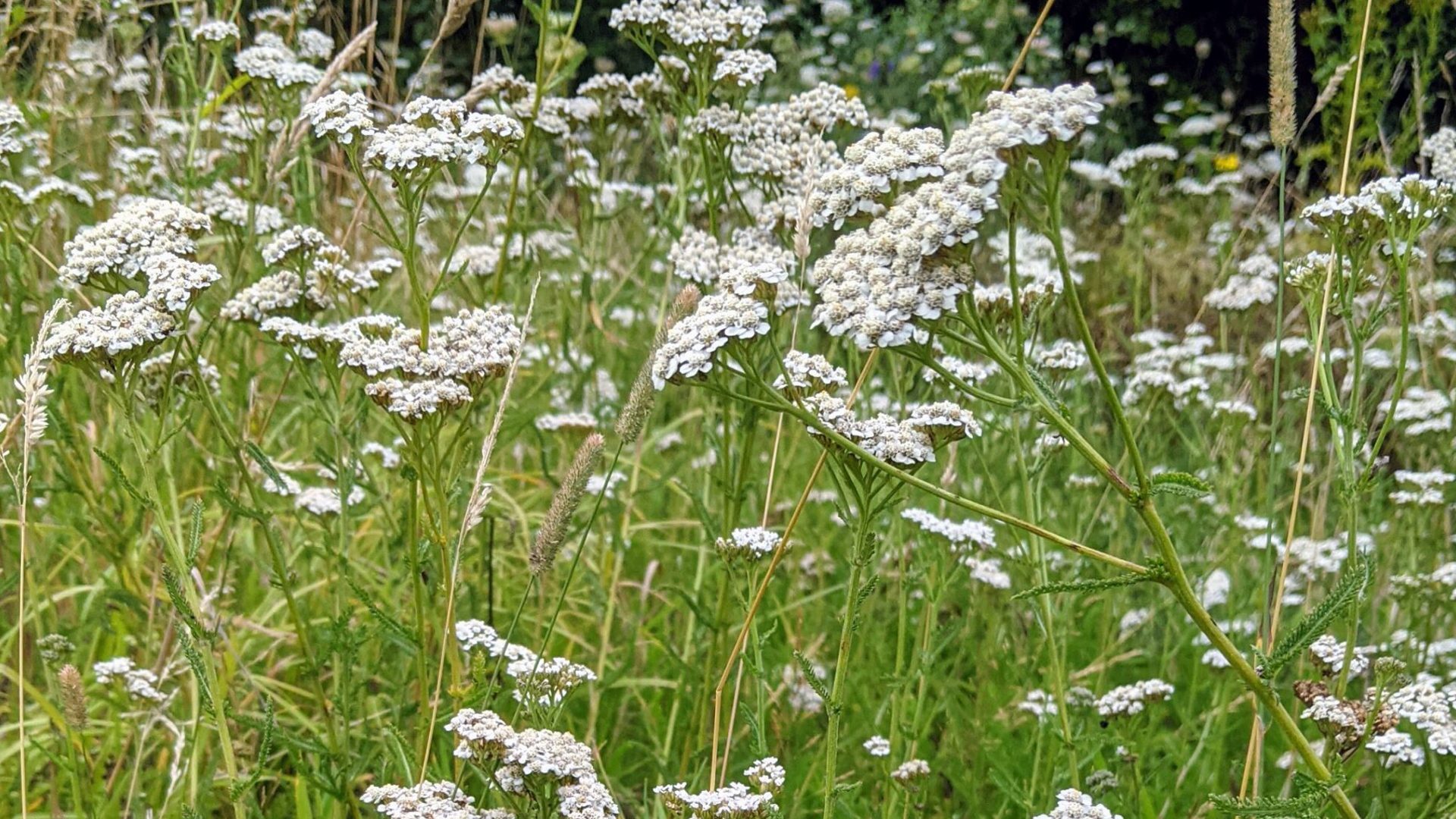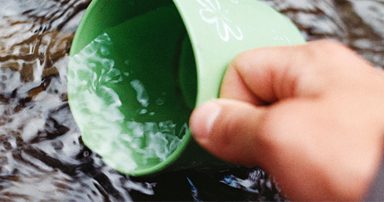Yarrow (Achillea millefolium) is a perennial plant from the Asteraceae family and it is one of the most useful and widely available herbs you can find.
It’s the best-known species of the genus Achillea due to its various therapeutic uses in both folk and conventional medicine.
The achillea millefolium plant is native to temperate regions of the Northern Hemisphere, including North America, Europe and Asia. It has fern-like foliage and colorful flowers of red, pink, salmon, yellow and white.
Yarrow has been used since ancient times by cultures around the world. Traditionally, it’s been consumed as tea, applied to the skin or even cooked with in order to reduce inflammation (especially in the digestive tract), help treat skin wounds, and relieve anxiety and insomnia.
While you have probably never heard of this plant before, centuries ago it was actually a very popular vegetable. Back in the 17th century, the leaves were commonly prepared and consumed like spinach.
If you like tarragon, yarrow has a similar flavor profile and can be used in place of tarragon in recipes.
The flowers, leaves and stems are collected when the plant blooms. You can eat a yarrow flower and steep it to make tea.
Health Benefits
- Wounds, cuts and scrapes
- Bruises
- Burns
- Rashes
- Inflammation
- Bug bites and bee stings
- Fever
- Cough and cold
- Toothaches and teething
- Bleeding gums
- Menstrual cramps
- Detoxification and regulating blood flow
- Acne and skin irritations
- Anxiety
- Insomnia
- Indigestion & heartburn
- Muscle spasms
It possesses anti-inflammatory agents that have a positive impact on the skin pH and moisture content.
In addition, it’s a natural antiseptic so it can prevent wounds from getting infected. This is why many healing ointments include yarrow as a key ingredient.
The chemical achilleine present in this plant is also known for its ability to stop bleeding. In powdered form, studies show it can be sprinkled on wounds to not only stop bleeding, but also to dull pain. As a tincture, it can be sprayed on wounds to stop bleeding as well.
It may help treat widespread skin conditions as well, including hemorrhoids, rashes and slow-healing broken skin.
Risks, Side Effects, and Interactions
It should not be used by pregnant women. If you’re breastfeeding, speak with your doctor before using yarrow products.
It’s not commonly recommended for pediatric use due to a lack of studies to determine whether or not its usage is safe in children. Speak with your child’s doctor if you’re interested in using it with your child.
When taken by mouth, yarrow can possibly cause drowsiness and increased urination. Topically, it may cause contact dermatitis or skin irritation.
Discontinue use if you see signs of irritation.
If you’re allergic to plants in the Aster family, like ragweed and daisies, then you may likely be allergic to external and internal use of this herb, so be careful. It can make skin more sensitive to sunlight.
Is yarrow ever poisonous to humans? It’s not generally considered toxic, but be careful when using the oil because it contains thujone in small amounts. Also found in wormwood, thujone is toxic in large amounts and has a narcotic effect on the brain.
This herb also contains coumarin, which has blood-thinning abilities. This is why it should not be combined with prescription blood thinners.
It can possibly interact with the following medications as well:
- Blood thinners (like warfarin)
- Lithium
- Stomach acid-reducing medications (like omeprazole)
- High blood pressure medications
- Drugs that cause sleepiness (like anticonvulsants and sleeping pills)
Speak with your doctor before taking yarrow if you have a history of any chronic diseases or take any medications regularly.
How To Make a Tincture
According to Richo Cech’s book, Making Plant Medicine, the basic formula for fresh herb tinctures 1:2 (75A:25W); the basic formula for dry herb tinctures 1:5 (50A:50W).
General procedure for making fresh herb tinctures 1:2 (75A:25W):
- Coarsely chop and weigh the fresh herb or root and put it in a blender.
- Measure and mix the menstruum in a separate jar.
- Pour the blended slurry into a macerating container.
- Cover tightly, shake, and set to macerate in a dark place at room temperature. Label with date and herb name.
- Shake daily for a period of 2 weeks.
- At the end of this time, pour the macerating herb into a pressing cloth and express thoroughly by hand or with a tincture press.
- Collect the crude tincture in a jar, label, and set it on a shelf to settle overnight.
- The following morning, decant the clear liquid through a filter and collect the finished tincture in a jar.
- Store in labeled amber glass bottles, well-stoppered, in a cool room, and out of sunlight.
General procedure for making dry herb tinctures 1:5 (50A:50W):
- Grind the dried herb down to the consistency of coarse cornmeal by using a suitable mill or, if applicable, by crushing the herb and rubbing it through a screen.
- Measure and mix the menstruum in a separate jar.
- Weigh the herb and pour it into the macerating container.
- Slowly pour the menstruum over the ground herb.
- Cover tightly, shake, and set to macerate in a dark place at room temperature. Label with date and herb name.
- Shake daily for a period of 3 weeks.
- At the end of this time, pour the macerating herb into a pressing cloth and express thoroughly by hand or with a tincture press.
- Collect the crude tincture in a jar, label, and set it on a shelf to settle overnight.
- The following morning, decant the clear liquid through a filter and collect the finished tincture in a jar.
- Store in labeled amber glass bottles, well-stoppered, in a cool room, and out of sunlight.
Useful links





















0 Comments